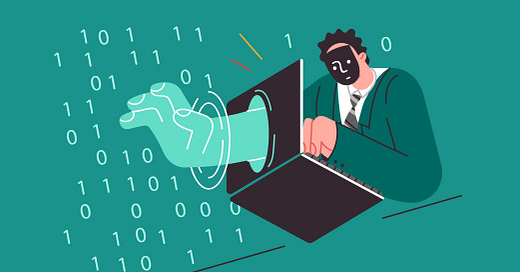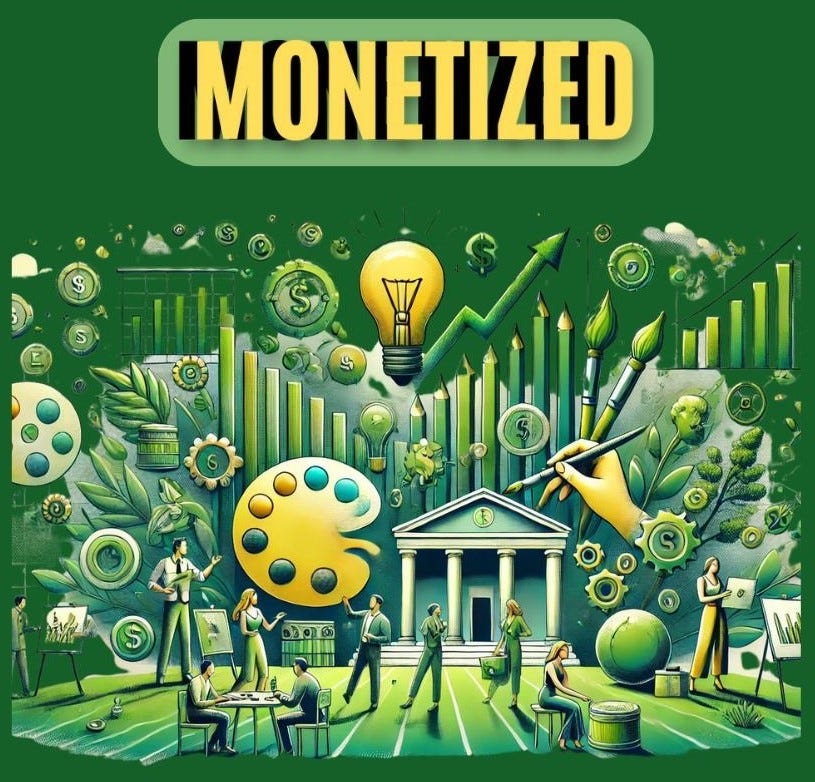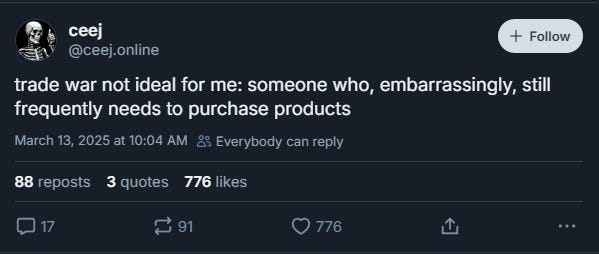Don't Lose Money, Attend Local Educational Events, and The Word of the Year
This month, we’re putting a spotlight on financial safety because fraud is on the rise in Canada (and everywhere else in the world). From phishing scams to identity theft, criminals are getting smarter. But don’t worry—we’ll arm you with the knowledge you need to protect yourself.
Plus, powerful tools and an event to boost your financial education, allowing you to safeguard your finances today and for the future.
Common scams targeting Canadians:
Phishing emails & texts (fake CRA, bank, or service alerts)
Romance scams (fraudsters posing as love interests and asking for money)
Investment fraud ("too good to be true" crypto or stock schemes)
Identity theft (stolen SINs, credit card fraud)
With the rise of AI image generators and apps that run these scams automatically, it might seem like this uphill battle is unwinnable, but there are a few tricks the everyday man or woman can use.
Never share personal info (SIN, passwords, banking details) over email or phone. Also, when businesses ask for your personal information, only give it out when it’s 100% necessary. The discounts you normally get aren’t worth the headache of your email getting leaked due to some business’s poor cybersecurity practices.
Verify unexpected messages. Call your bank/CRA directly using official numbers if you feel it’s necessary, and *NEVER* click suspicious links sent to you over text or email, especially ones that convey urgency.
Use strong passwords and 2FA (two-factor authentication) on financial accounts. In the off chance your password and login get leaked, your phone stands as the last line of defense against scammers. If an unknown login is attempted into your account, you can change your password only if you avoid the hacker.
Social Engineering is a new scam that has been gaining popularity these past few years. Computer systems, companies, and websites are getting very accustomed to dealing with cyber criminals, so their security robustness has grown. Now hackers are trying to hack you, rather than your account, by tricking you into giving them your information. So please be very wary of what you’re clicking and to whom you are giving your information. Also, be wary of what you’re posting online! They’ll use everything they can against you.
The Canadian Anti-Fraud Centre reports millions lost yearly to scams. Read more about it here.
Prosper Canada & TD Benefits WayFinder
A simple tool to find resources you’re entitled to!
The Benefits Wayfinder was launched in January 2022. In November 2022, a companion tool, the Disability Benefits Compass, was added to help people living with disabilities successfully navigate challenging application processes for federal and provincial disability income support.
Over 300,000 people across Canada have used the Benefits Wayfinder, and over 70,000 people have used the Disability Benefits Compass to identify benefits they are likely eligible for but not receiving and find out how to access them.
For more information please visit this link.
MONETIZED (Mark Your Calendars)
The Multicultural & Diversity Project will present the Second Edition of MONETIZED on Saturday, May 3rd, at The Hive Cafe (Concordia University, Loyola Campus).
This event aims to find creative ways to transform arts and culture into legitimate currency! Speakers and performances will inspire and educate about finance. The event is completely FREE, and delicious refreshments will be served. Please register here to prepare for a more financially stable future.
Keep your eyes peeled for the full lineup of speakers coming out soon on our social media.
The Word of the Year!
Based on the following picture, can you guess our prediction for the Oxford 2025 Word of the Year?
If you guessed “tariff”, you guessed right!
Since Donald Trump moved to the White House earlier this year, the word "tariff" has become very popular. Under Trump’s new administration, the USA has warned Canada and many other nations (both friends and rivals) that it will impose tariffs on them because of unfair trade practices. What is he talking about?
Tariffs are taxes that governments put on goods coming in from other countries. If you export goods outside Canada, your international customers may have to pay more for the goods they buy from you.
How do they work, and why do governments use them?
There are a few reasons governments choose to put tariffs on imported goods:
Tariffs generate revenue. Governments collect tariffs as they would income or sales tax. The money collected is put in the treasury and rolled into the state’s overall budget.
Tariffs can protect domestic industries. Officials may put a tariff on specific goods if they feel a free flow of goods is hurting their regional or domestic producers. In this case, the government’s goal is to help domestic companies compete by making imported goods more expensive, making it easier for residents to “buy local”. The tariffs may also work as a deterrent for countries that are considering dumping surplus goods, which can undermine local pricing and put domestic companies out of business.
Tariffs may be deployed as a diplomatic tool. Governments sometimes limit or ban importing or exporting goods and services from another country to influence behavior in non-economic matters such as human rights, treaty violations, or war.
To summarize, a tariff is a tool that can be used to protect local industries and nudge another country to do what you want. It has succeeded and failed in the past. What’s important to know is that it is a powerful economic tool/weapon that should be carefully studied and analyzed before being implemented.
For a deeper dive into what tariffs are please visit this link.








